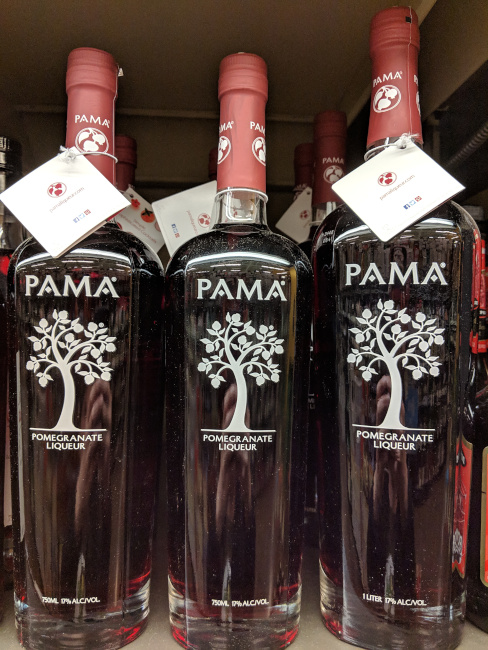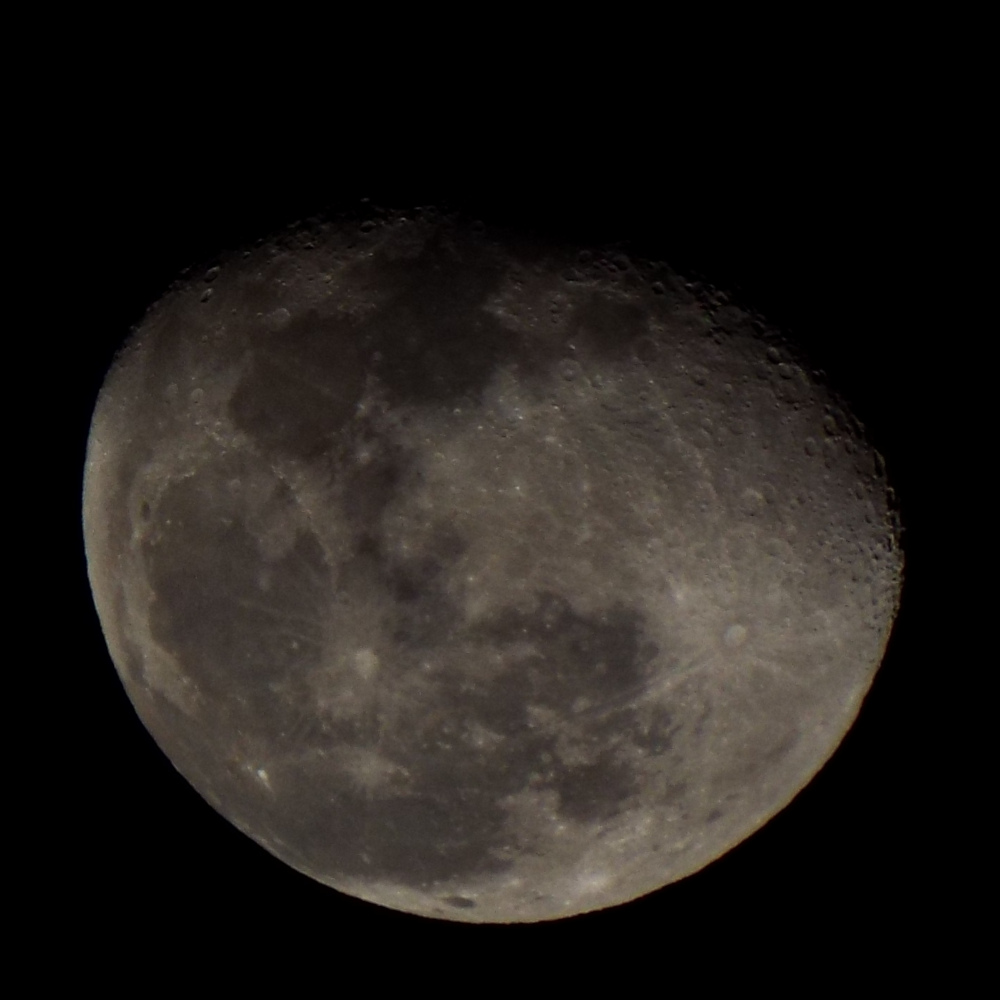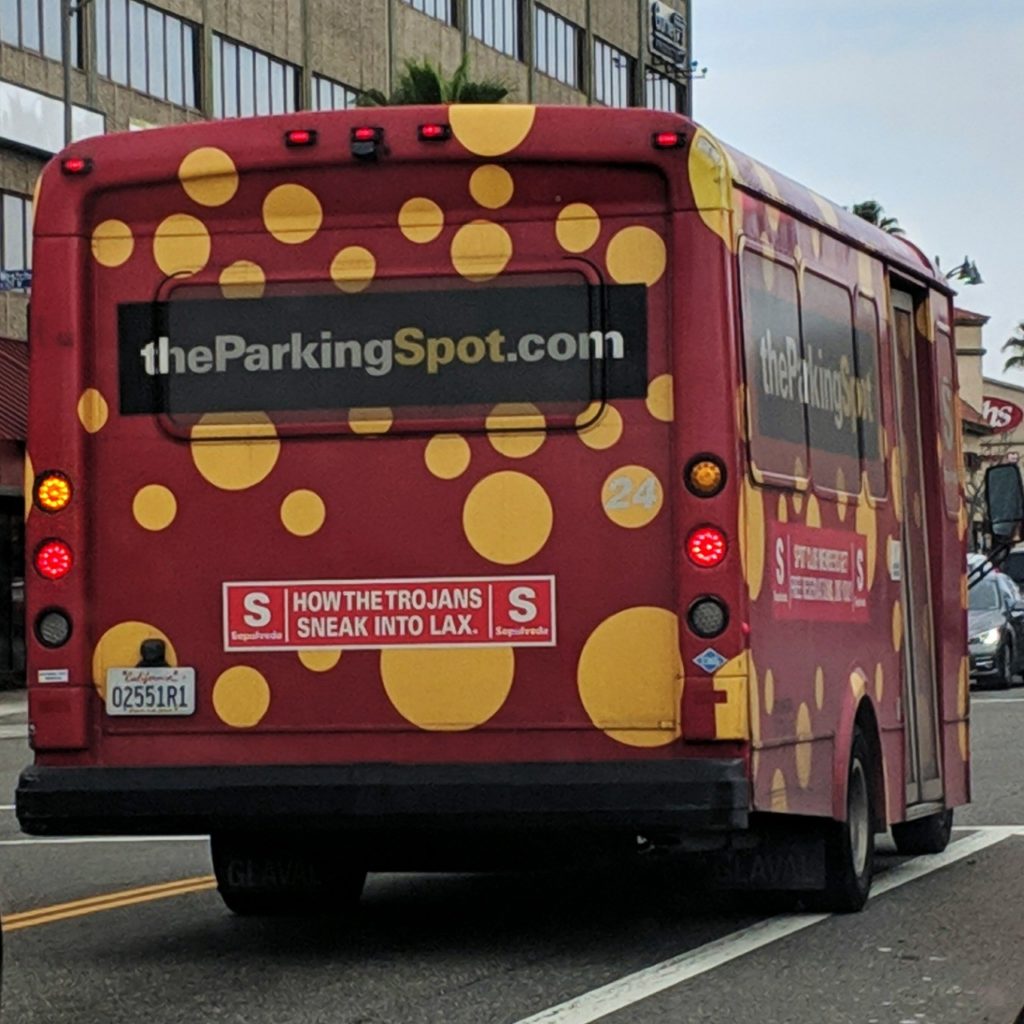Like many people, I’ve moved away from Facebook over the last couple of years. I haven’t deleted my account, but I only visit once or twice a month, and it’s been a long time since I’ve posted there. And like many people in that survey, I’ve come to prefer Instagram to Facebook. Friends and family seem a bit more relaxed there, and I follow interesting photographers rather than “brands” that are trying to sell me something.
But lately, it feels less like a photo sharing space and more like an ad delivery mechanism. Less like its own thing and more like Facebook Lite. Every time I visit, I remember Facebook will cheerfully squeeze every drop of monetization potential out of it and keep going. Every time I post, I remember that I’m handing personal data to a company that has been caught misusing it over and over again.
It just doesn’t spark joy anymore.
Where next?
Instagram has been where I post in-the-moment* snapshots, alongside Flickr for albums and my better photos, and my blog for topical images. I don’t want to flood either of those with random snaps. Twitter and Tumblr aren’t terribly appealing at this point, either.
Mastodon takes up some of the slack. I’ve found a great community of photographers at Photog.Social, but it’s more of a place for curated shots. I have a general account at Wandering.shop, and I’ve started posting amusing pictures there, but it doesn’t feel like the right place to post snapshots.
I was an early adopter of Pixelfed, jumping on as soon as it went into public beta. It’s designed to fit the same niche as Instagram, only with a decentralized volunteer model instead of attention-based ads. Even better: I can post photos on Pixelfed and boost them directly into Mastodon instead of cross-posting duplicates. But the community is still small. It’s at the stage where it feels like you’re shouting into the void because there aren’t a lot of people listening, rather than because there are a lot of other people for them to listen to.
At this point, I’m cross-posting photos across way too many accounts. I need to simplify. What I think I’ll do is reduce the number of places I post, and then pare down who I follow on each remaining site to the point where I can check in once in a while and it feels like I’m checking in on the people, not the service.
You can find me as KelsonV on Flickr, on Instagram, on Pixelfed, on Wandering.shop, and on Photog.Social.
*More or less. Sometimes the moment was three days ago.



